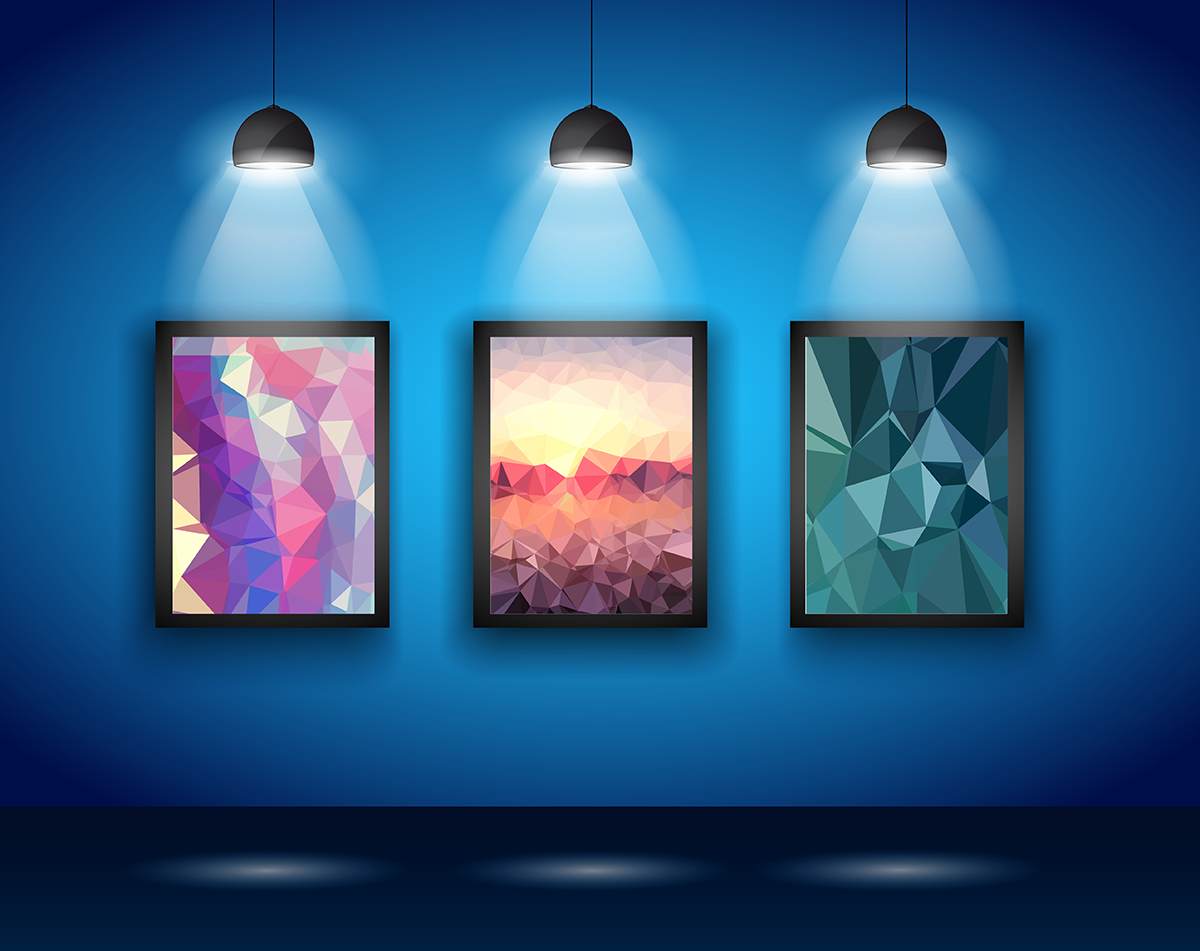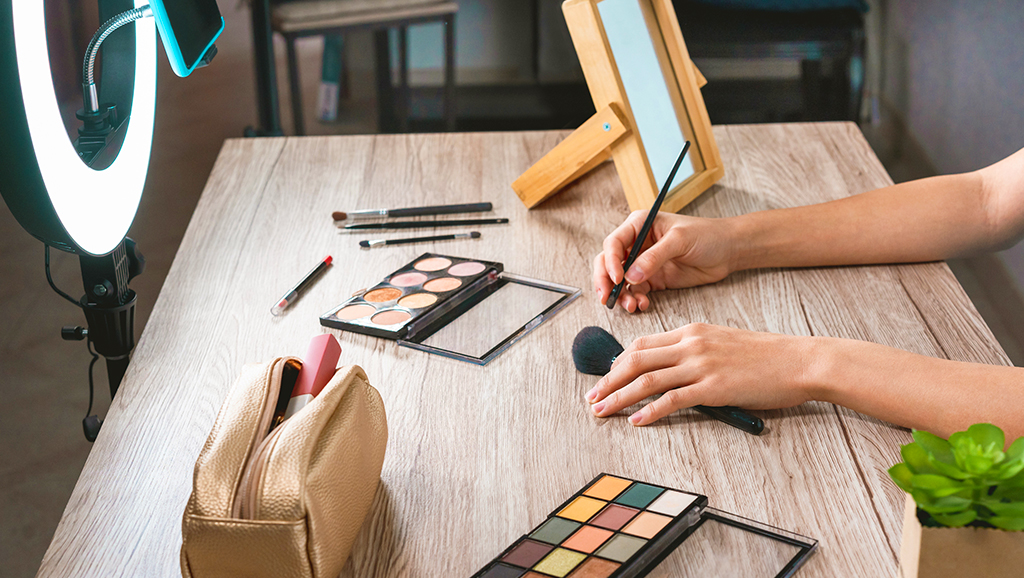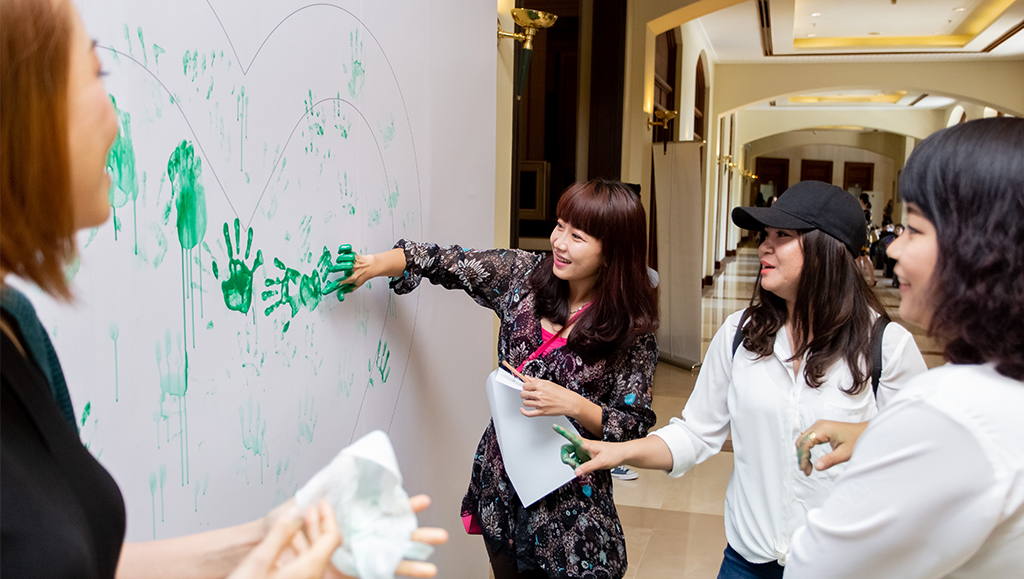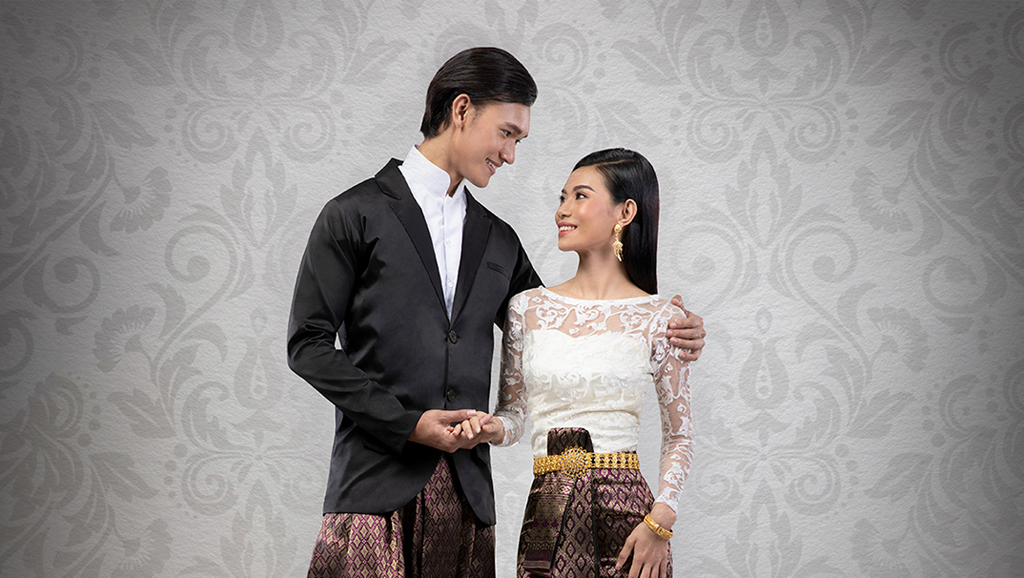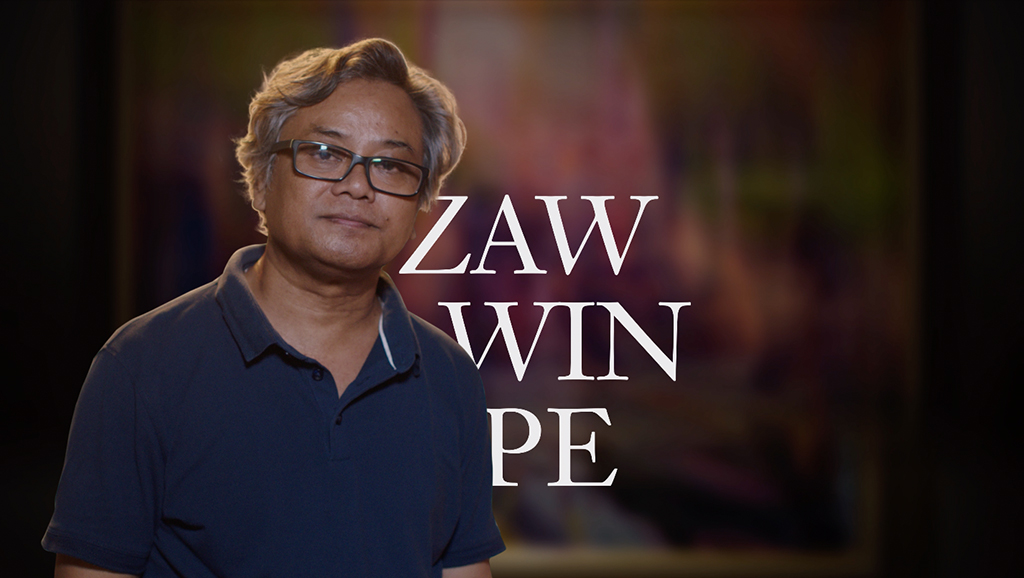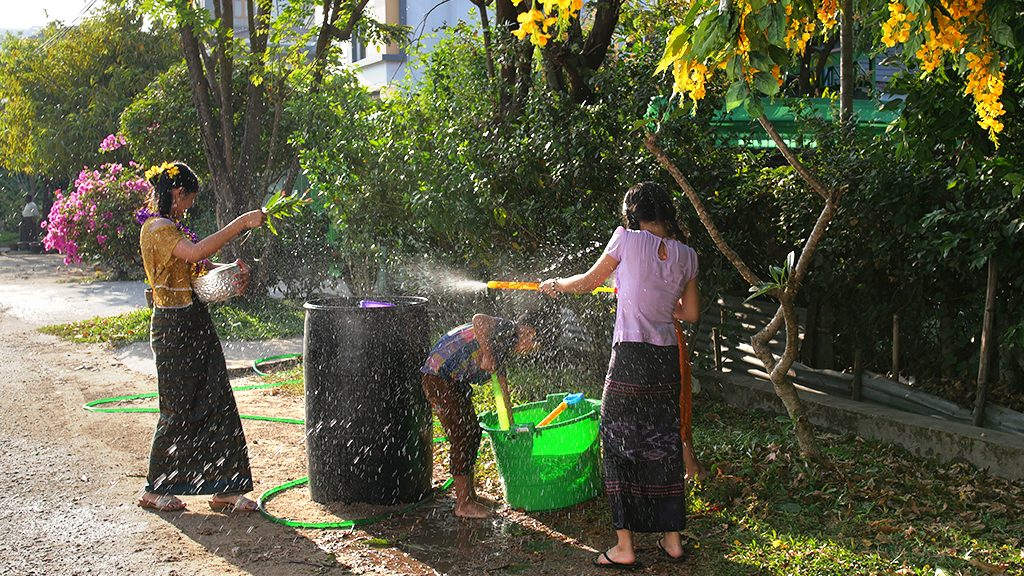
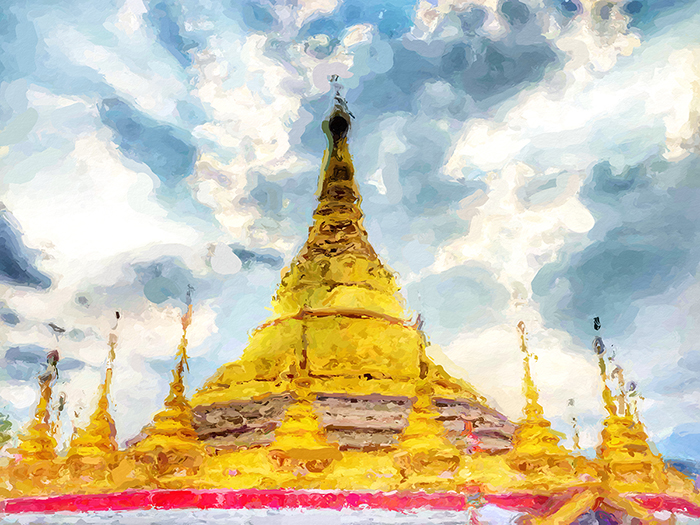
Art has always played a vital role in Myanmar society as a tool of expression, and artists have often flirted with the censors as they used their creations to passively advertise their hopes and frustrations whilst celebrating and sharing the stories and history of their country. For the last 50 years artists have been working under tight restrictions as to what ideas and images they could transfer onto canvas; even the styles they could utilize and colors they could use were strictly controlled, and access to painting materials was also often a problem. Now those bindings and barriers are carefully being relaxed. As the country continues the long transition towards democracy, art is becoming a focal point of the movement towards change, and thus has become a bench mark through which the new opportunities to express oneself freely are being tentatively tested and measured.
As an example of this growth of artists and increased interest in art, Yangon has seen an explosion of art galleries opening in the last few years. Where once there were a handful, now there are over 30. Some are well established and well attended while others arenothing more than a room up a flight of dimly lot stairs in a disused building. Pop up art galleries have held temporary exhibitions in condemned warehouses and run down markets; and hotels and restaurants proudly display valuable work from artists who until recently were largely underground in Myanmar.
The oldest and most famous gallery in Yangon is The Lokanat Gallery of Art. It has been around since 1971, and displays paintings from some of the greatest and some of the youngest artists on the scene side by side . The once banned image of the Lady is the theme to many paintings and her familiar face is displayed on gallery walls alongside still life nudes, bold and rich abstracts and traditional fine art landscapes. A spot to find new and exciting art is the Pansodan Gallery, established in 2008, they pride themselves on their displays of “bold, colorful and daring works by soon-to-be-discovered artists” and host regular talks, performances, rotating exhibitions and weekly social events.
The growth of interest in Myanmar art isn’t limited to the within the country either, as Myanmar artists are also finally getting to show their works overseas for the first time. There is a growing market both internally and externally to purchase new and old artwork, and the messages of the artists whose work was once removed from the walls are finally being seen. Myanmar art hangs in the Guggenheim museum in New York, in the National Portrait Gallery in London and specific Myanmar exhibitions have been recently held in Singapore, Hong Kong and Malaysia. Celebrated artist Chan Aye is the first Myanmar artist to have an installation at the Palais de Tokyo in Paris. His work has been so popular that the installation was extended indefinitely from the original 3-month period.

